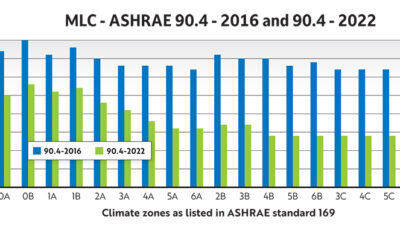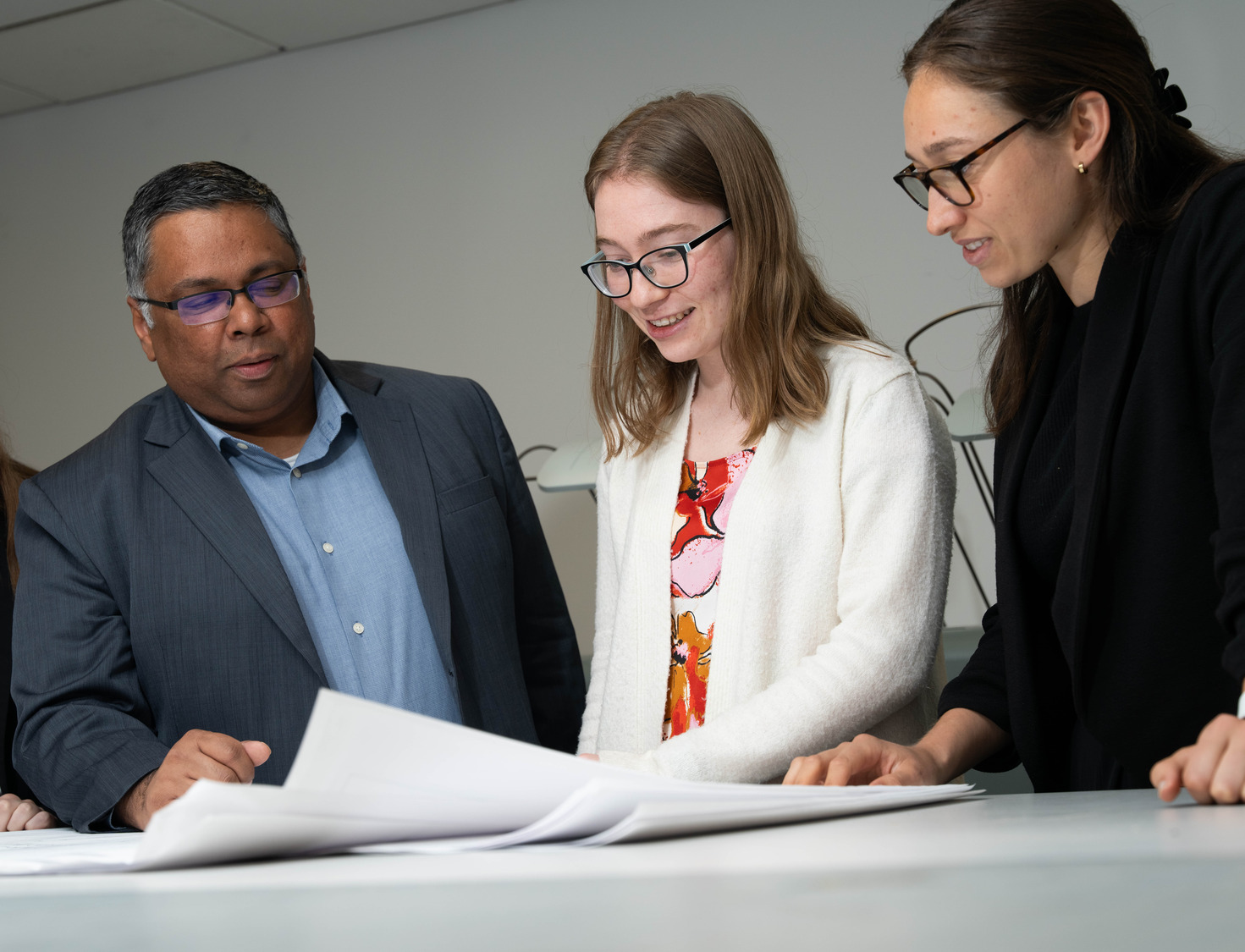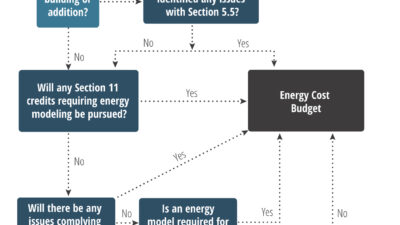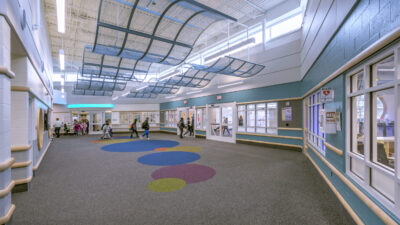ASHRAE and NEMA have jointly sponsored Standard 201P: Facility Smart Grid Information Model. Here’s a look at where the standard is today.
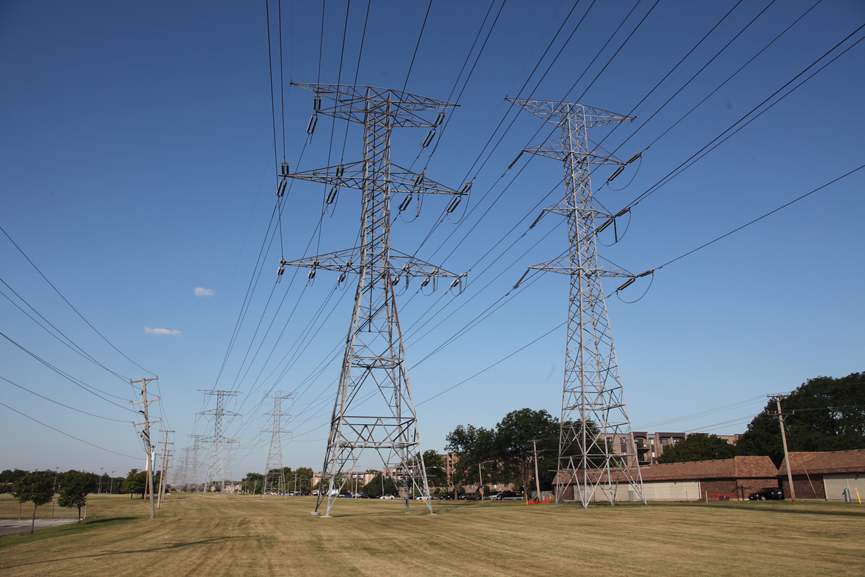
To establish a common basis for electrical energy providers and consumers to manage and communicate about electrical energy consumption and forecasts, ASHRAE and the National Electrical Manufacturers Assn. (NEMA) are jointly sponsoring Standard 201P: Facility Smart Grid Information Model. The model will facilitate integration of objects and actions within the electrical infrastructure, such as on-site generation, demand response, load control, load shedding, submetering, load prediction, and energy storage. Ultimately, Standard 201P will promote the effectiveness of smart facilities, supporting optimal functionality of a national Smart Grid. The Smart Grid Interoperability Panel, a private/public partnership originally established by the National Institute of Standards and Technology, is acting in an advisory role in the development of the standard.
A first draft of the standard was released by ASHRAE Standard Project Committee (SPC) 201 for an advisory public review in August 2012 to obtain informal feedback on the committee’s initial work, drawing 70 comments. Since then, SPC 201 has been meeting on a monthly basis to incorporate the feedback and further develop the standard. This group of technical experts comprises individuals with backgrounds that include design and manufacturing of electrical distribution components, appliance manufacturing, utility generation and transmission, and instrumentation and controls.
While a significant amount of development of renewable energy sources, efficient end-use appliances, and other Smart Grid components (e.g., submetering) has been completed, a common communication model tying it all together is necessary for the success of the Smart Grid. This model must allow for the reliable, secure, and accurate information exchange between these technologies and the control systems of utilities and other electrical service providers. An understanding of sources and loads and how they interact is critical to fostering communications between them.
The most common types of building loads, of course, include lighting and HVAC. Yet in today’s world of emerging energy sources and loads encompassing wind, solar, and electrical vehicles, the landscape of the energy grid and the very concept and framework of the Smart Grid continue to evolve. Many of these new loads actually represent both a sink and a source of electrical energy. This presents both demand control issues and safety issues for the operation of the electrical grid in terms of what the industry is accustomed to, where power flow has typically been a one-way street. Thus is the need for further standardization of measurement and control, and the basis of the ongoing work of SPC 201.
User education
To respond fully and most effectively to the need for more sophisticated demand and supply monitoring and control, certain aspects of electrical energy management must be addressed. Increased monitoring and reporting of actual demands and behaviors of the end users, as well as further educating the end users on the amount and pattern of their electrical usage, is essential. Without this knowledge, electrical energy suppliers delivering to the grid are challenged to meet demand or adjust to greater fluctuations in demand due to optimized facility operations or the variable nature of many of the distributed renewable energy sources being interconnected.
With a more sophisticated Smart Grid, concurrent data across users and generators will allow for additional demand control, adjustment, or curtailment, with the goal of changing behaviors of the end consumer. If users are better informed of the impact and cost of using energy during a peak time, they will be more inclined to adjust the time when they run a given appliance or charge such devices as portable electronics or electric vehicles. Indeed, Standard 201P envisions driving appliances or devices themselves to be capable of making load control decisions of this type automatically, given an appropriate information model.
Energy storage is another area of ongoing development directly related to the fluctuations in demand and available renewable energy sources. With many renewable energy sources being uncontrollable from a timing and supply capacity standpoint, it is necessary to further develop storage technologies, whether large-scale batteries, hydrogen storage, or other phase changing storage mediums that can be engaged using necessary information to automatically take energy during peak production periods and store it for use during periods of peak demand.
For example, it is common for peak wind generation times to not be aligned with peak consumption. A reliable grid must be carefully monitored and have the ability to adjust to an increasing and variable supply and demand to allow for these energy sources to be viable.
Information exchange
The extent of the Smart Grid and Standard 201P encompasses all facility types—including residential, commercial, and industrial facilities—as well as traditional and renewable energy sources. While each of these facilities and sources is unique and contains loads or equipment that others might not, the ongoing goal of the standard is to develop common blocks and management actions within a communication model that will allow facilities to share information with each other via the Smart Grid. This information sharing will allow for control and management of demand and supply in the ever-changing electrical grid discussed above. All of these sources, loads, and storage technologies have control systems of their own, some propriety and others utilizing more open protocols, such as BACnet. While the intent of the Smart Grid Information Models is not to force any one supplier into a specific protocol, it strives to develop standard objects and information packets that can be spoken universally across the Smart Grid and its varying components and facility types. Many existing protocols have blocks within them that incorporate nicely into the concept of the Facility Smart Grid Information Model.
For those who design and specify systems for construction of facilities and energy systems, this model lays the groundwork for better monitoring energy performance and for easier control and grid integration of a given facility with itself, with the neighboring consumer, and with the neighboring distributed energy source or the remote energy producer on the grid. With improved communication among these, the generation and consumption of the energy can be reliable, safe, economical, better forecasted, and adjusted. To do this, continued development of products and control systems will be necessary and project specifications will need to be enhanced to include these technologies. By doing so, facilities and the Smart Grid can be aligned with example case studies being included in the Standard 201P model currently being developed.
Future goals
A specific date for the first full public review of Standard 201P has not been set, but it is anticipated to be available early in 2014. The public review will be announced in the ANSI and ASHRAE Standards Actions where followers can be informed of the most up-to-date status of drafts up for comment. Subscribe to a Listserv to follow a specific committee’s work, learn of upcoming committee meetings, or review updated errata and interpretations of current standards.
Engineers and building professionals are encouraged to continue following the development of the Facility Smart Grid Information Model and contribute to its further development and goal of creating smart facilities supporting a national Smart Grid. Participation in meeting discussions is invited. Meeting announcements can be found in weekly updates to ASHRAE Standards Actions. Sharing a fundamental bond as consumers of electrical energy, we all have a stake in the future of our electrical infrastructure.
Kevin Krause is a principal at Affiliated Engineers Inc. With expertise in electrical systems for the energy and utilities and industrial test markets, he was the project manager and designer of the Research Electrical Distribution Bus at the U.S. Dept. of Energy’s National Renewable Energy Laboratory.
Further reading:
- SGIP. 2012. Smart Grid Interoperability Panel PAP17 Review of SPC201P. Presentation made at SGIP Winter Meeting in Irving, TX, Dec. 3-6.
- Burns, Marty. SGIP. 2012. PAP17 Quick View. Presentation made to Business and Policy Domain Expert Working Group at SGIP Spring Meeting in Charlotte, NC, March 20-22.
- ASHRAE Standard Project Committee 201 (SPC 201) Facility Smart Grid Information Model Project Committee Site.
- NIST. ASHRAE SPC 201P Information Page.
